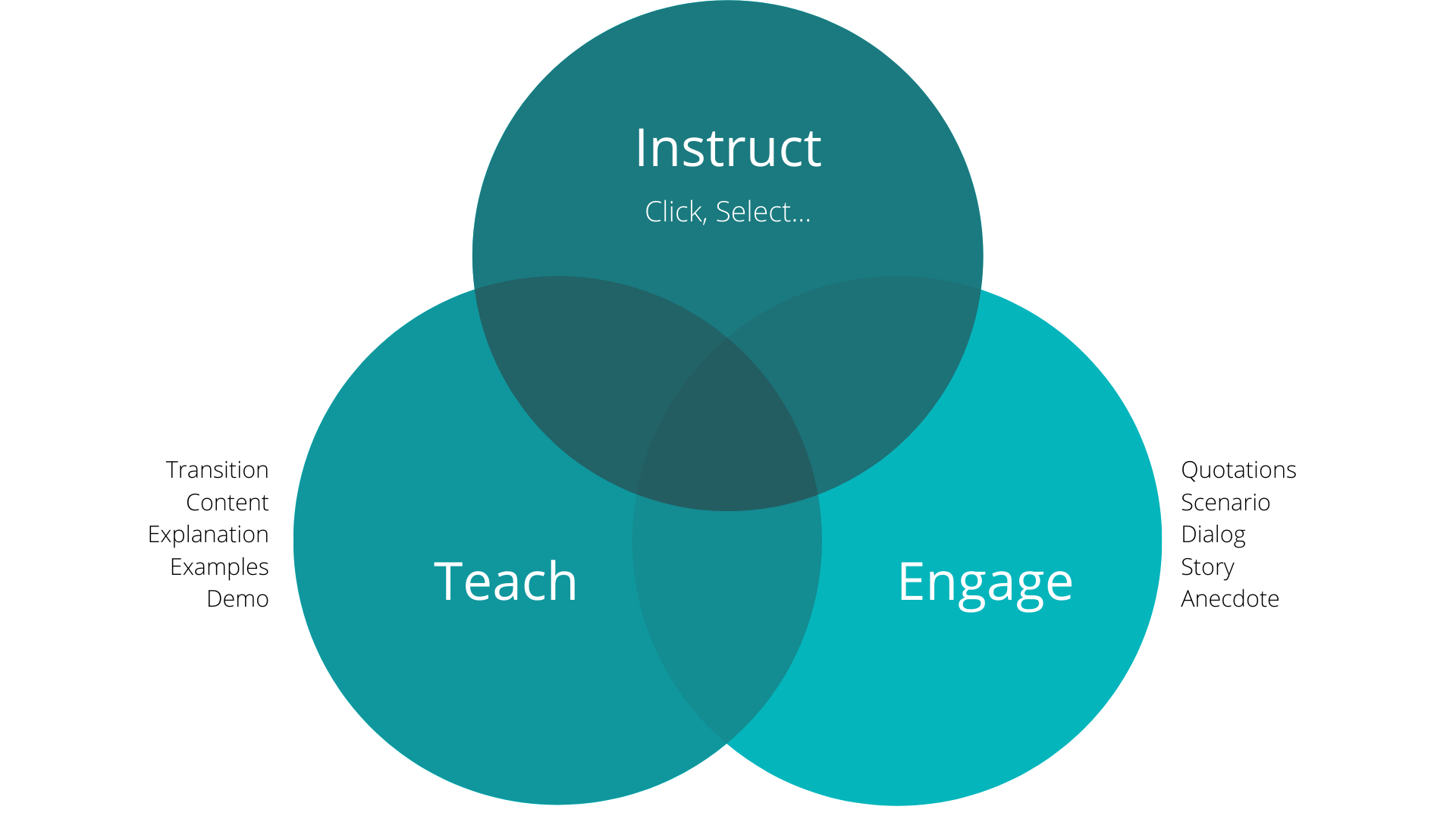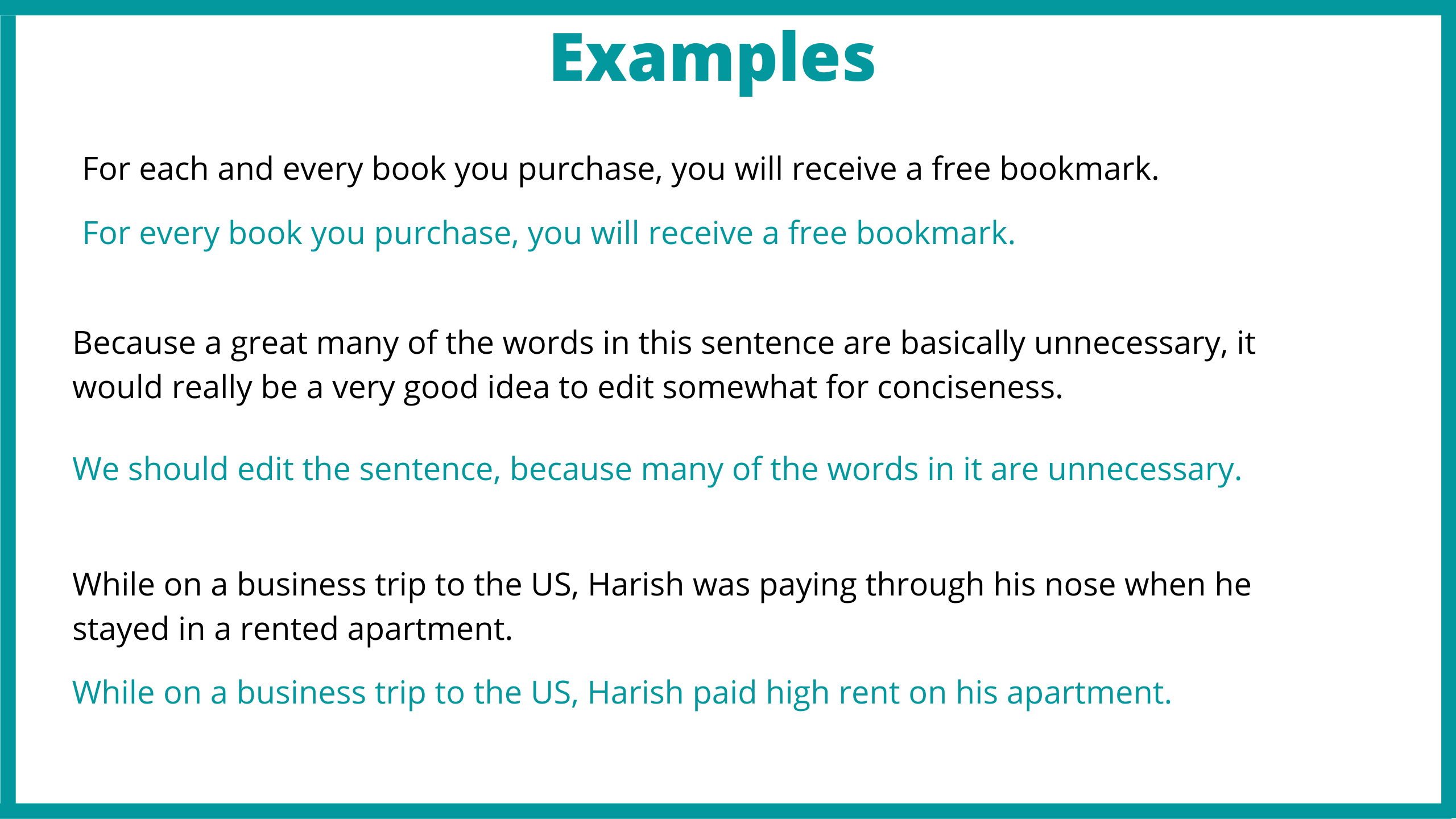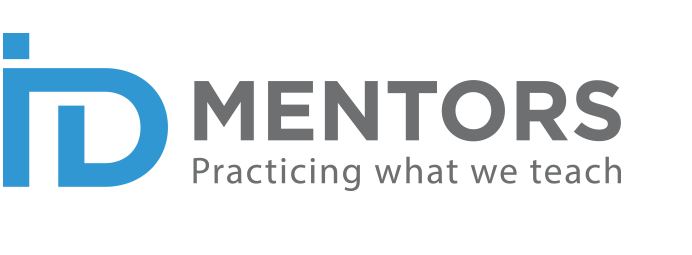
“I mean, how can she? My reviewer tells me I need to improve my writing skills. I was a topper in the university when I graduated with English Hons. My blogs have comments that say there cannot be any better writer than me! And yet, I receive my storyboard with multiple comments, corrections in track change mode, and over and above a stern instruction that asks me to attend the instructional design writing session again! I think they have lost it. This job doesn’t deserve me.”
This is a common tale of woe that you may hear near the coffee vending machine when you join an eLearning company.
Most employees, who are adept in the language, feel disappointed when their work is scrutinized and torn apart. They feel reviewers give comments or make changes just on their whims. I wouldn’t say, that is entirely false; some reviewers do make unnecessary changes. However mostly the changes are required. Why these are required I will elaborate now.
It is important to remember two things:
- Language is for communication. So, we can have great instructional content in Hindi or Japanese or Cantonese. Except that, we will not get a global target audience as we would if we create learning content in English.
- Instructional writing is not for the creative satisfaction of the author or for the entertainment of the learner. It is for those who seriously want to “learn” something. The word in focus here is: LEARN! It is not for those who will feel happy after READING a great piece of content writing, like they do upon reading a good novel. They will feel happy if they LEARN what they WANTED TO LEARN.
What you need to focus on while writing instructional content:
- Instructions to the learner must be clear, concise, and self-explanatory. For any content. Technical and non-technical. From manufacturing processes, to aircraft features, to C++ coding, to Artificial Intelligence, to multiple intelligences, to oceaneering, to leadership, to smartphone features, to how to make farmers in tribal areas learn about rain harvesting.
- Narrative should be focused, whether it is the introduction, or the scenarios, or the questions or the summary – what you “convey” to the learner, should be focused on “just what the learner needs to learn”.
Therefore, while your writing must be grammatically correct, verbosity and pompousness won’t make you a good instructional designer. Use of jargon, complex sentences, passive voice, or assumptions about your learner’s language understanding capability will not help you write good learning content.

And not just this. You need to know the difference between Indian, American, or British English, you need to know why learners may have difficulty understanding or visualizing run-on sentences, why simple sentences can convey technical meanings better, or why you should avoid using colloquial phrases or culture-specific language.
Instructional writing is not just about being simple and focused. It’s also about the correct FLOW. Just like readers of novels, learners of technical or non-technical content are also moving with a mental flow of thought or sequence. They have learnt “A” – they are now learning “B” – and they will next learn “C”. If this sequence is not taken care of and extraneous or unnecessary information creeps in where it is not needed, the flow of learning (and subsequently, assimilation of learning) gets totally disrupted.
Therefore, when you become an instructional designer, write with EMPATHY – empathise with your learners who may be from different parts of the globe, who do not know you, who are busy professionals and have limited time, who are just taking the course to learn something that can help them perform better at their workplace. The way you organize your thoughts, the way you focus on the content, and the way you use the right words to drive home the learning is all what matters to that invisible learner who has chosen you as her virtual trainer.



0 responses on "Instructional Writing"